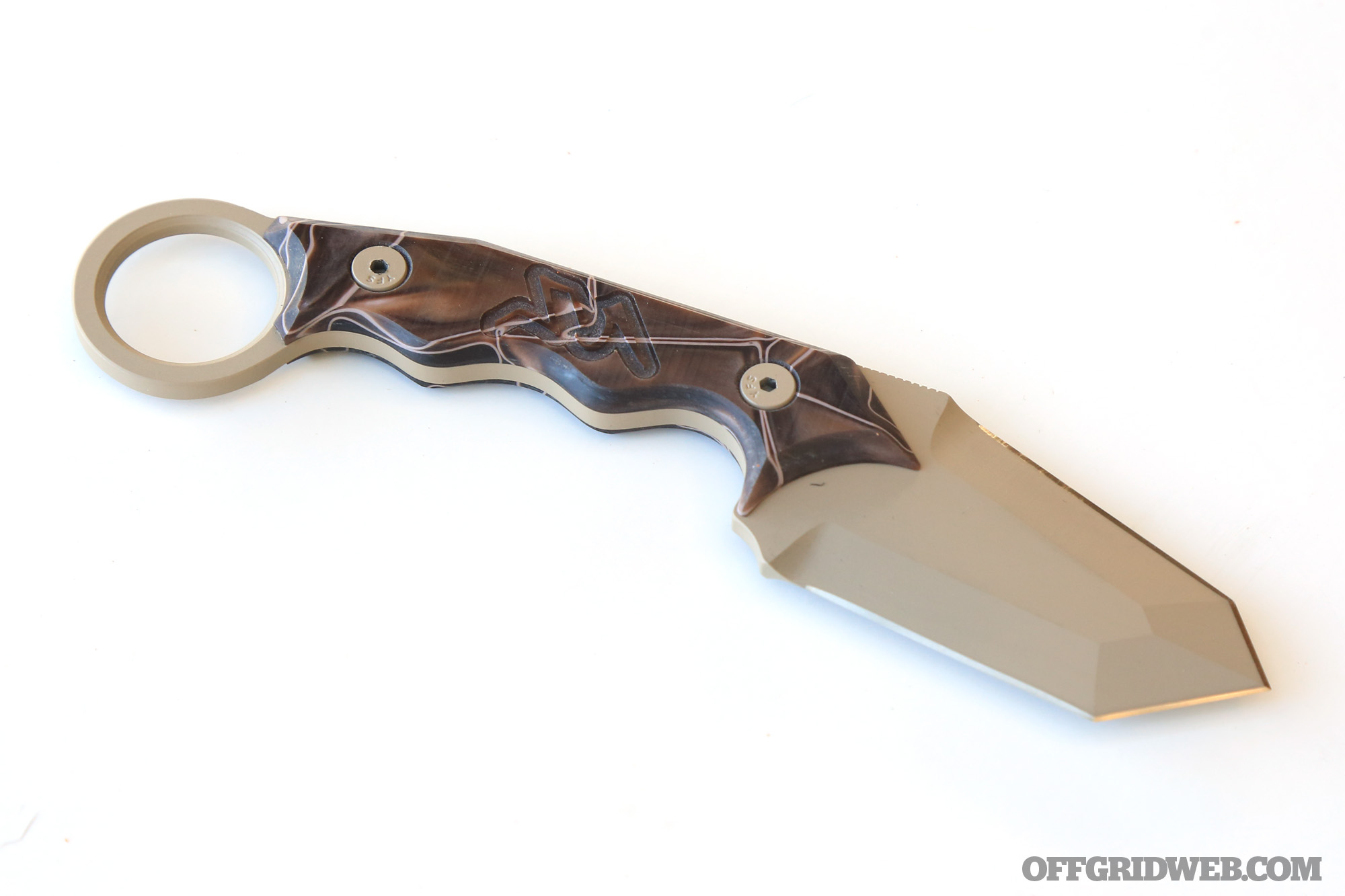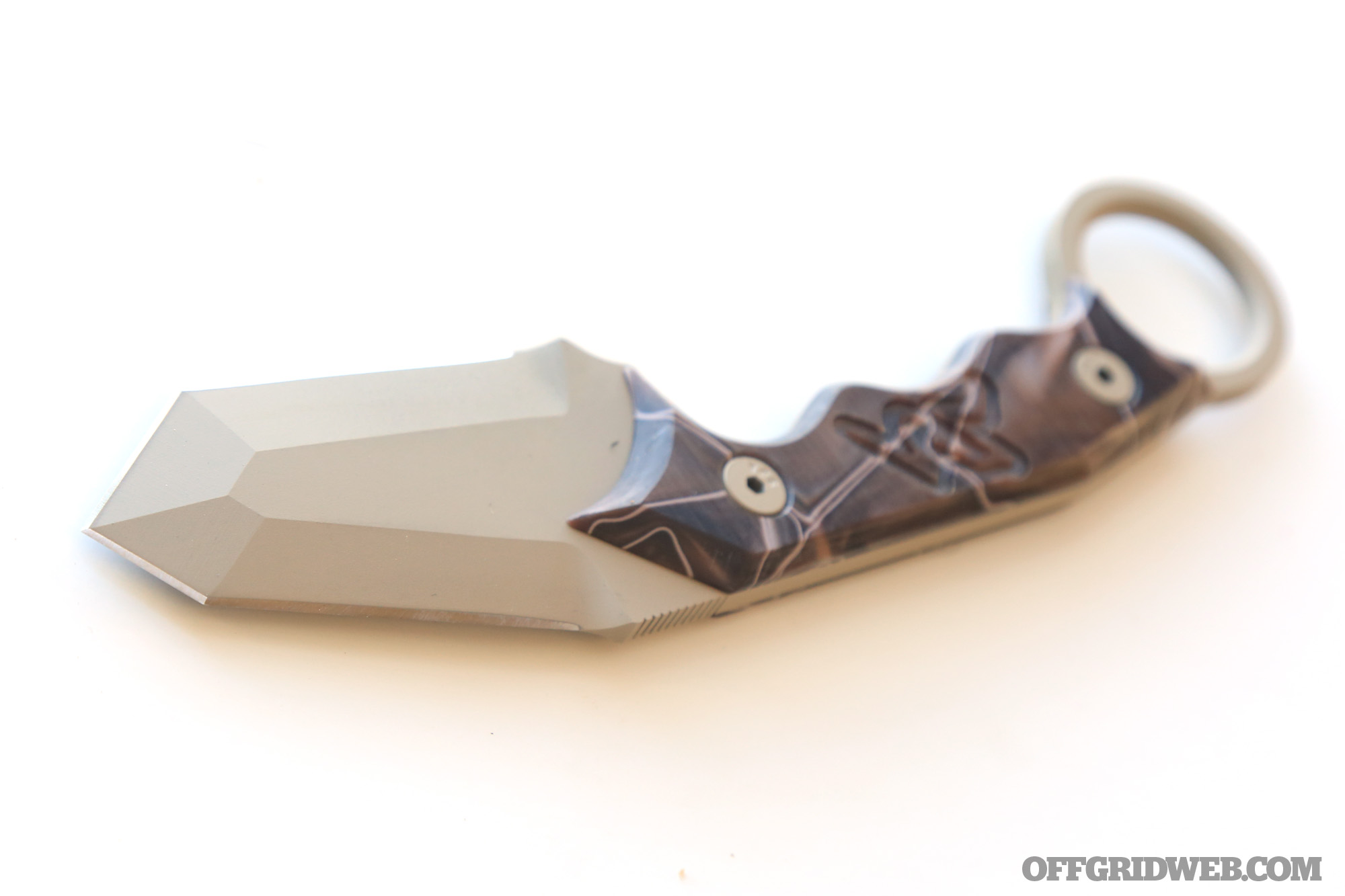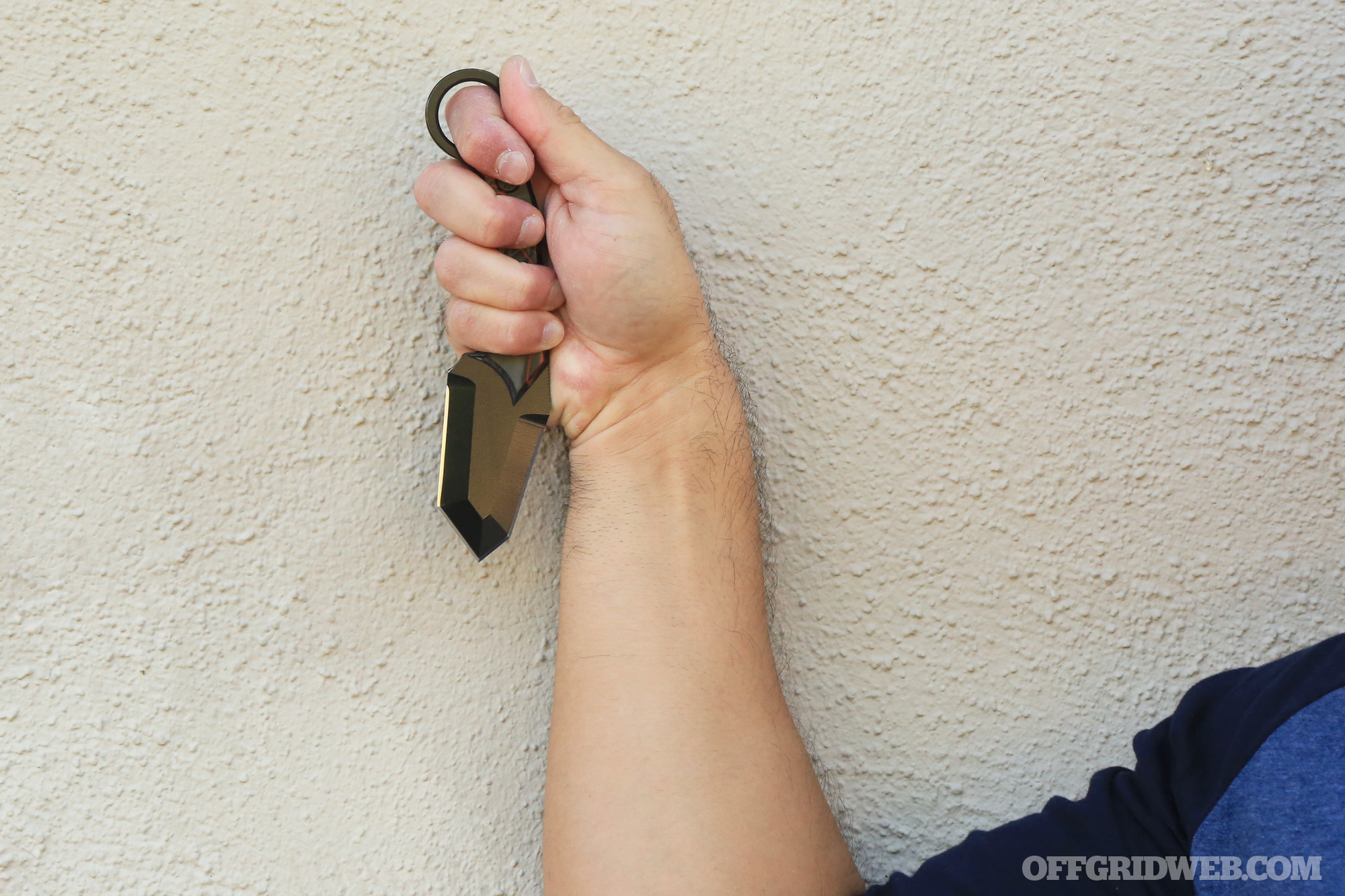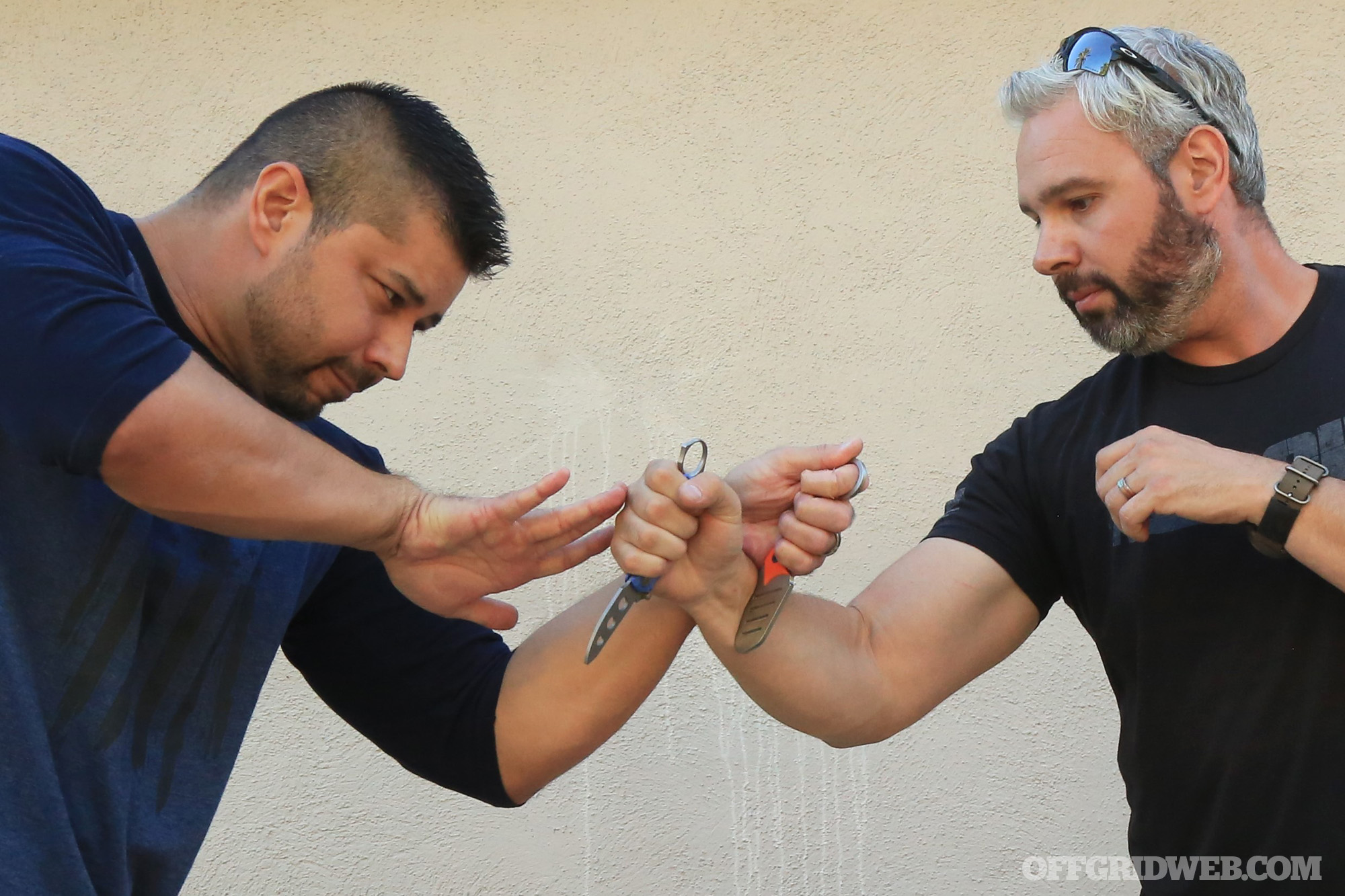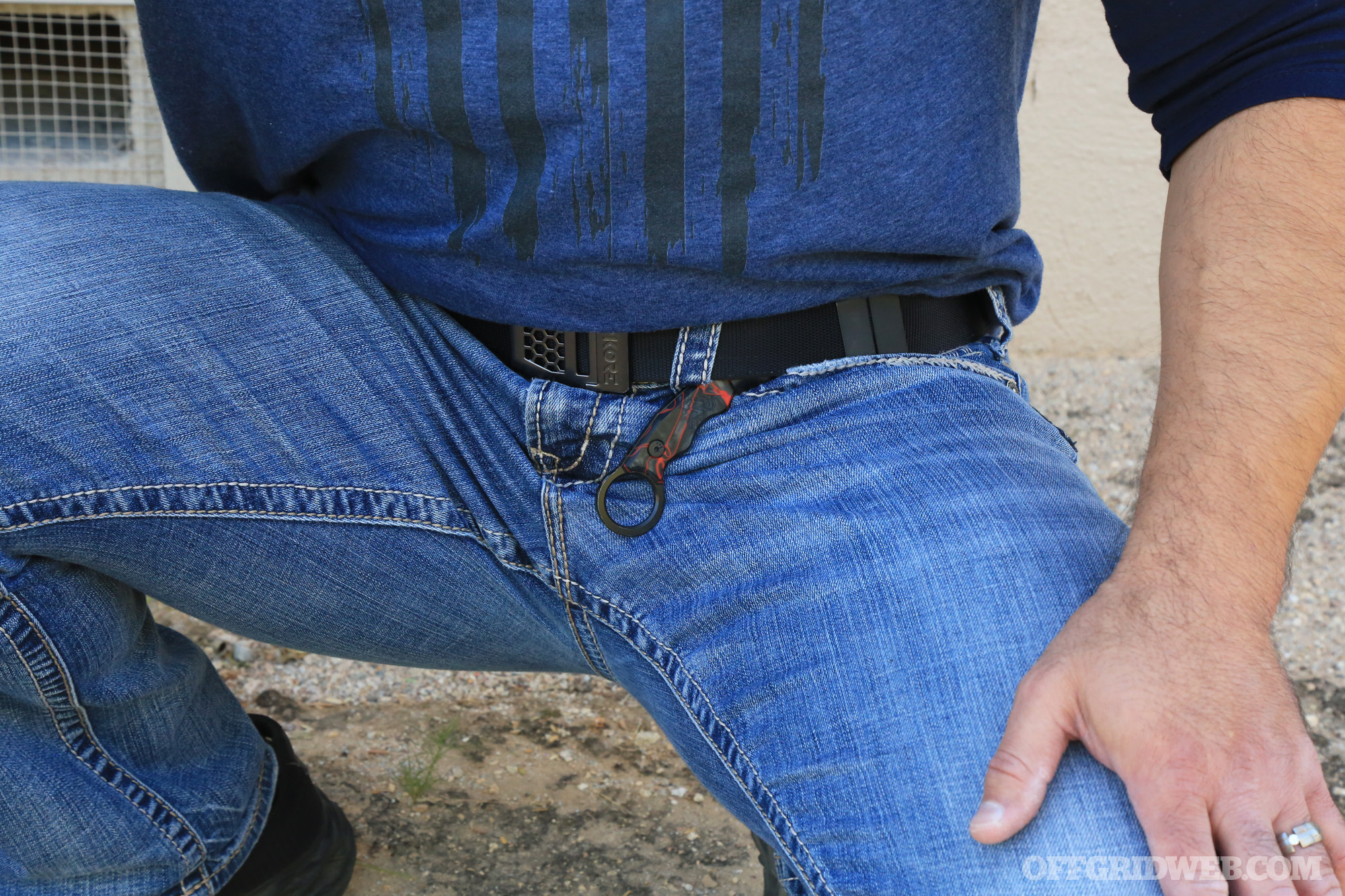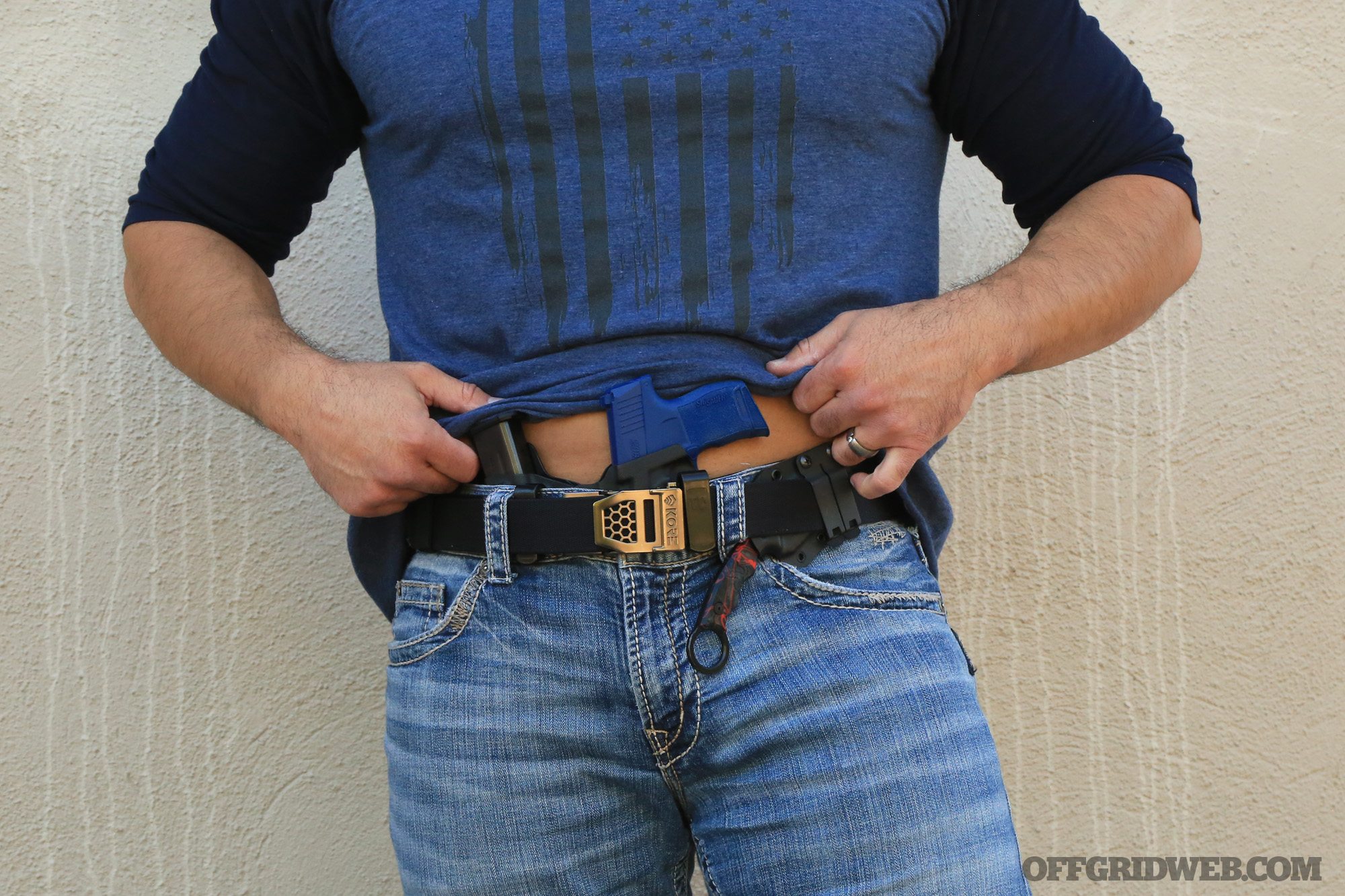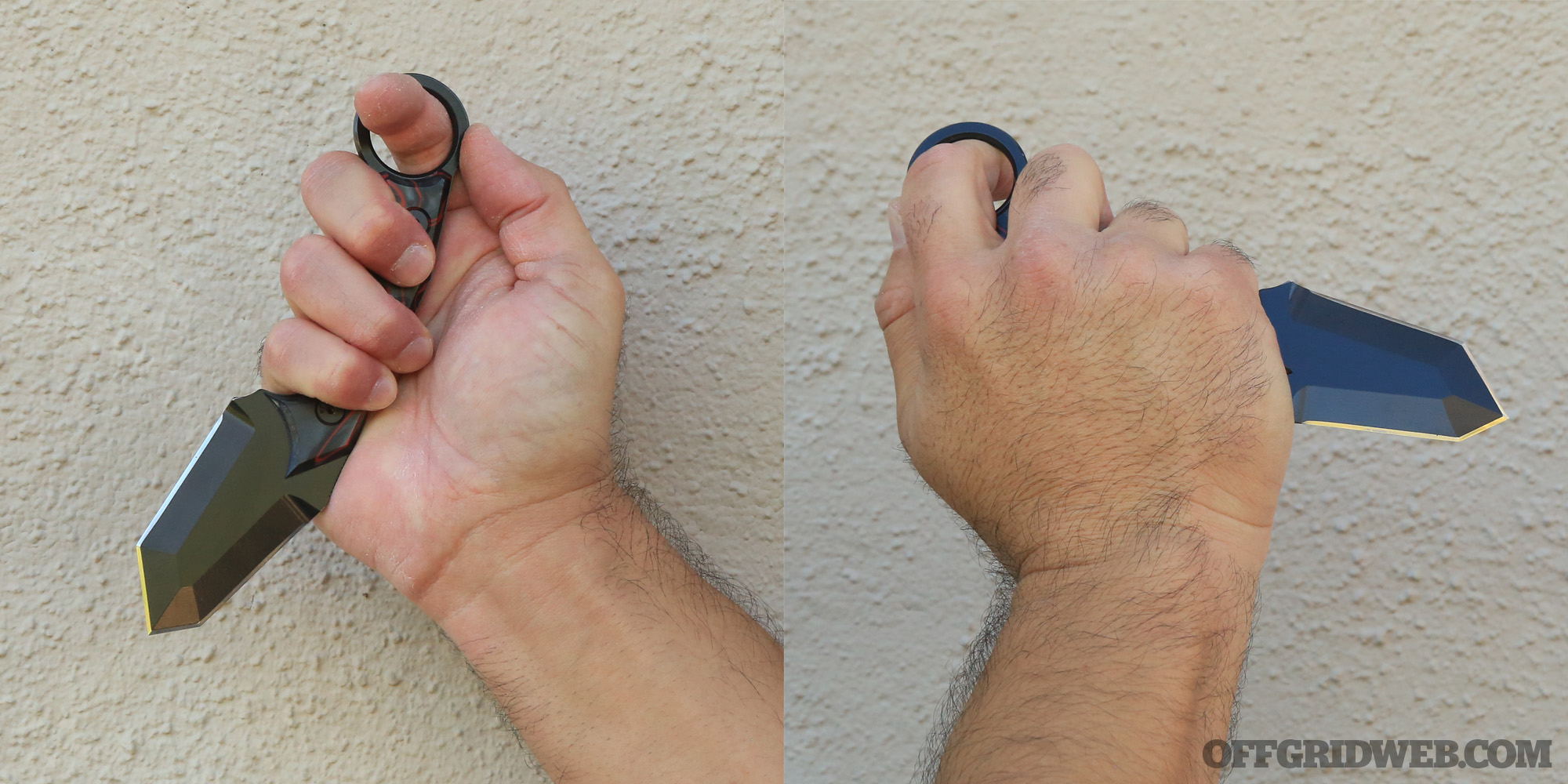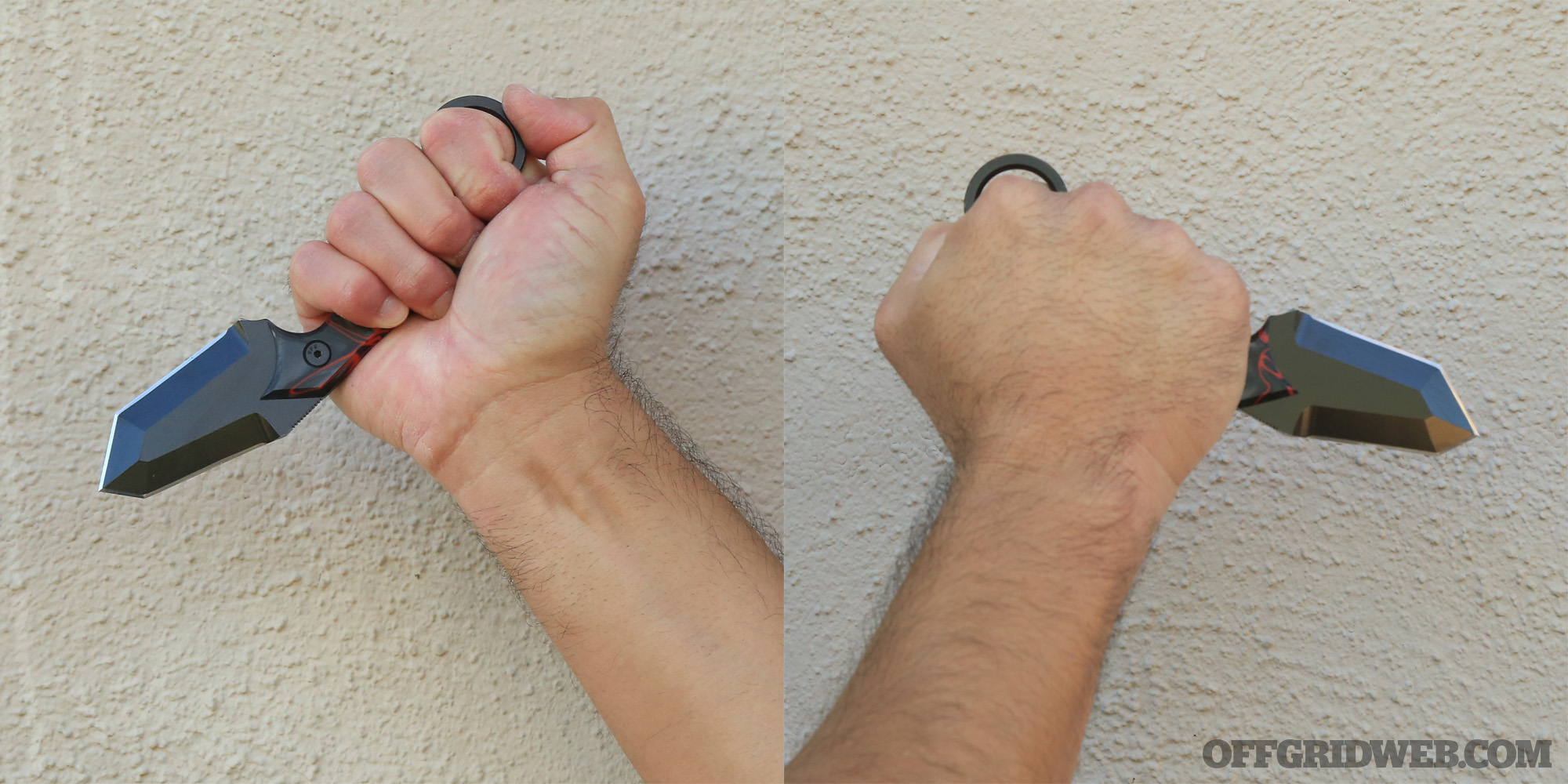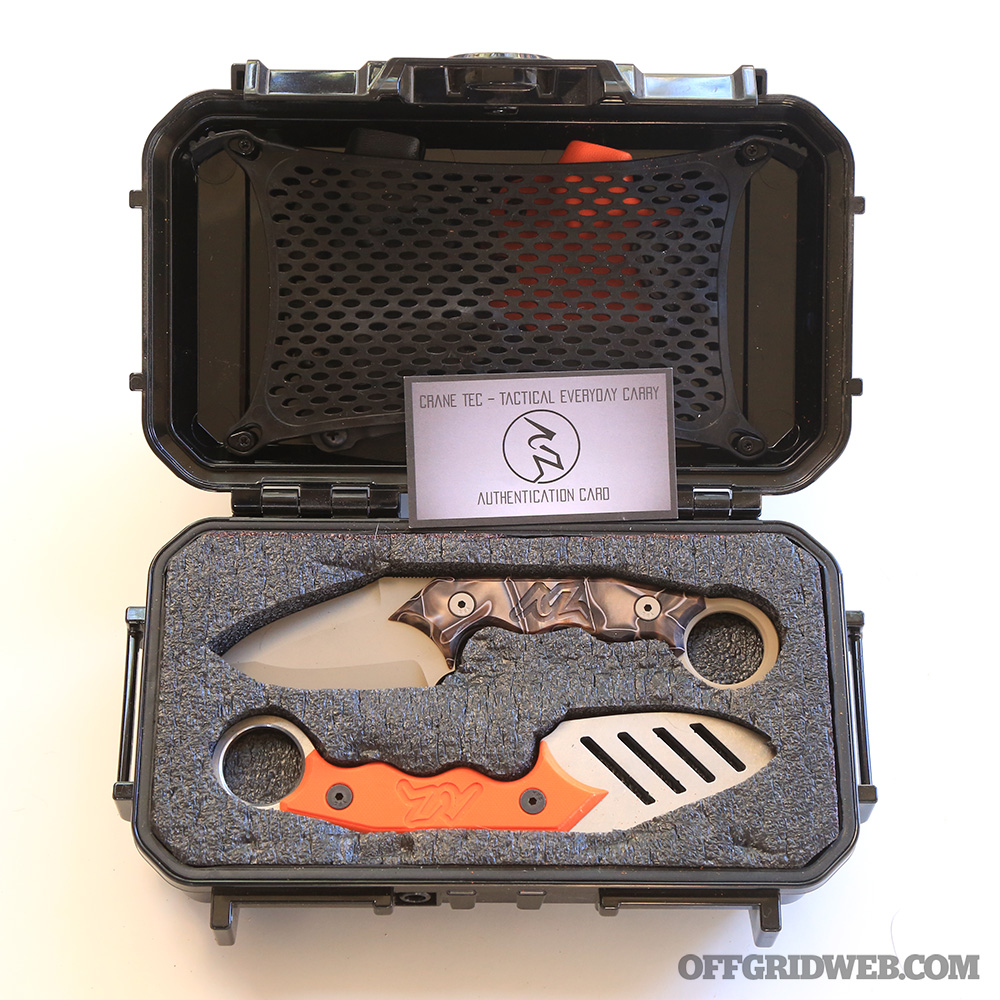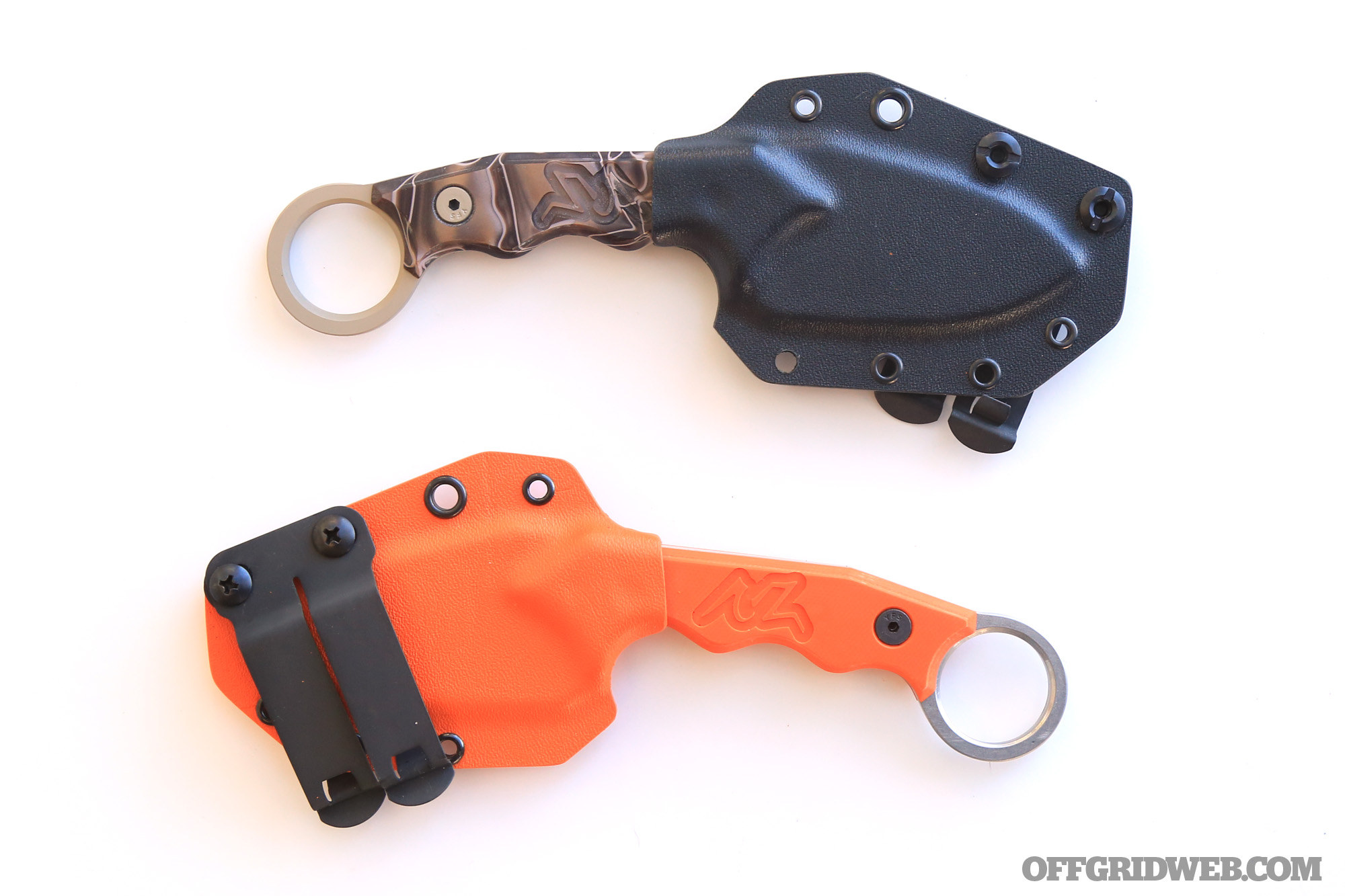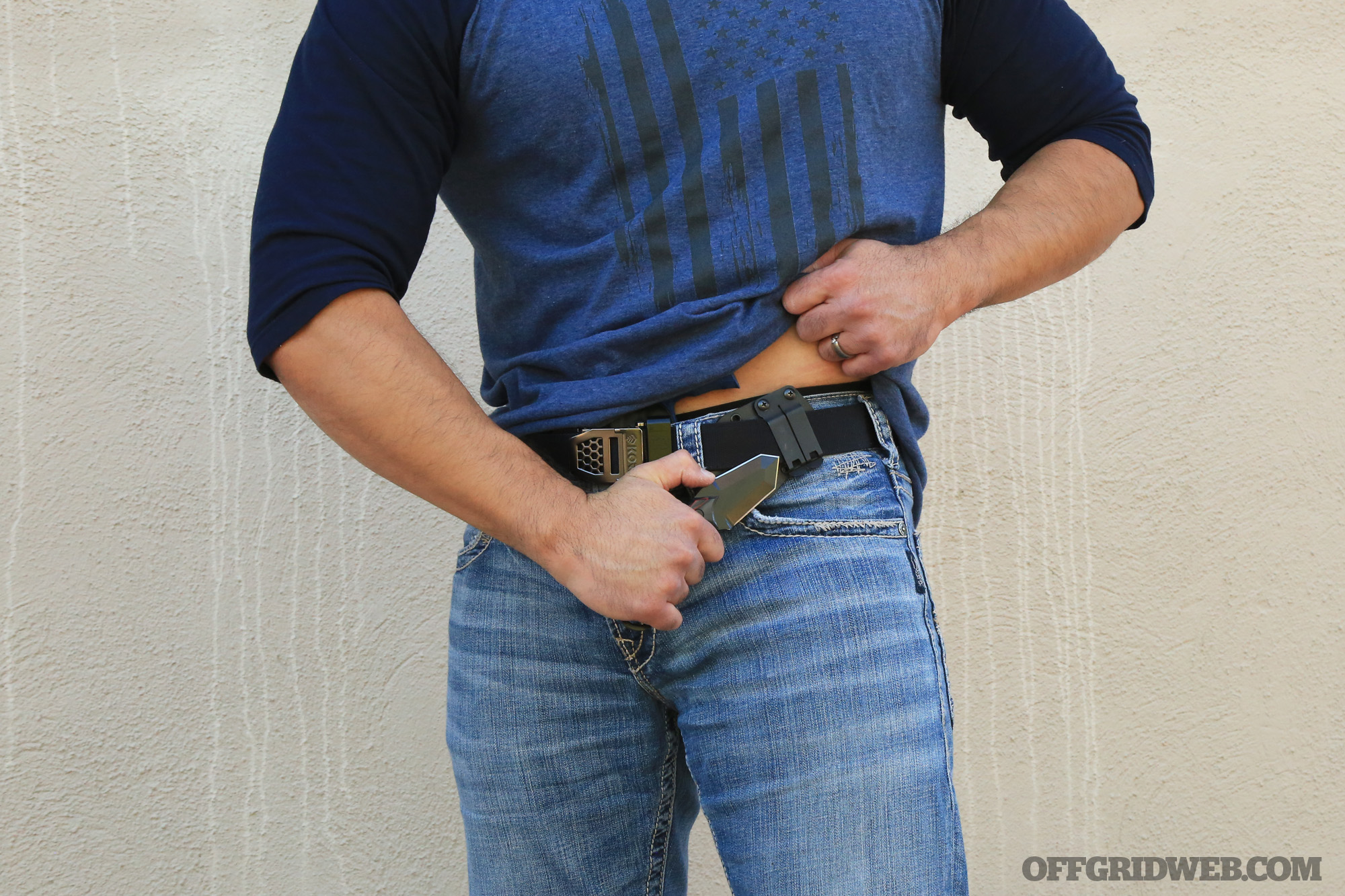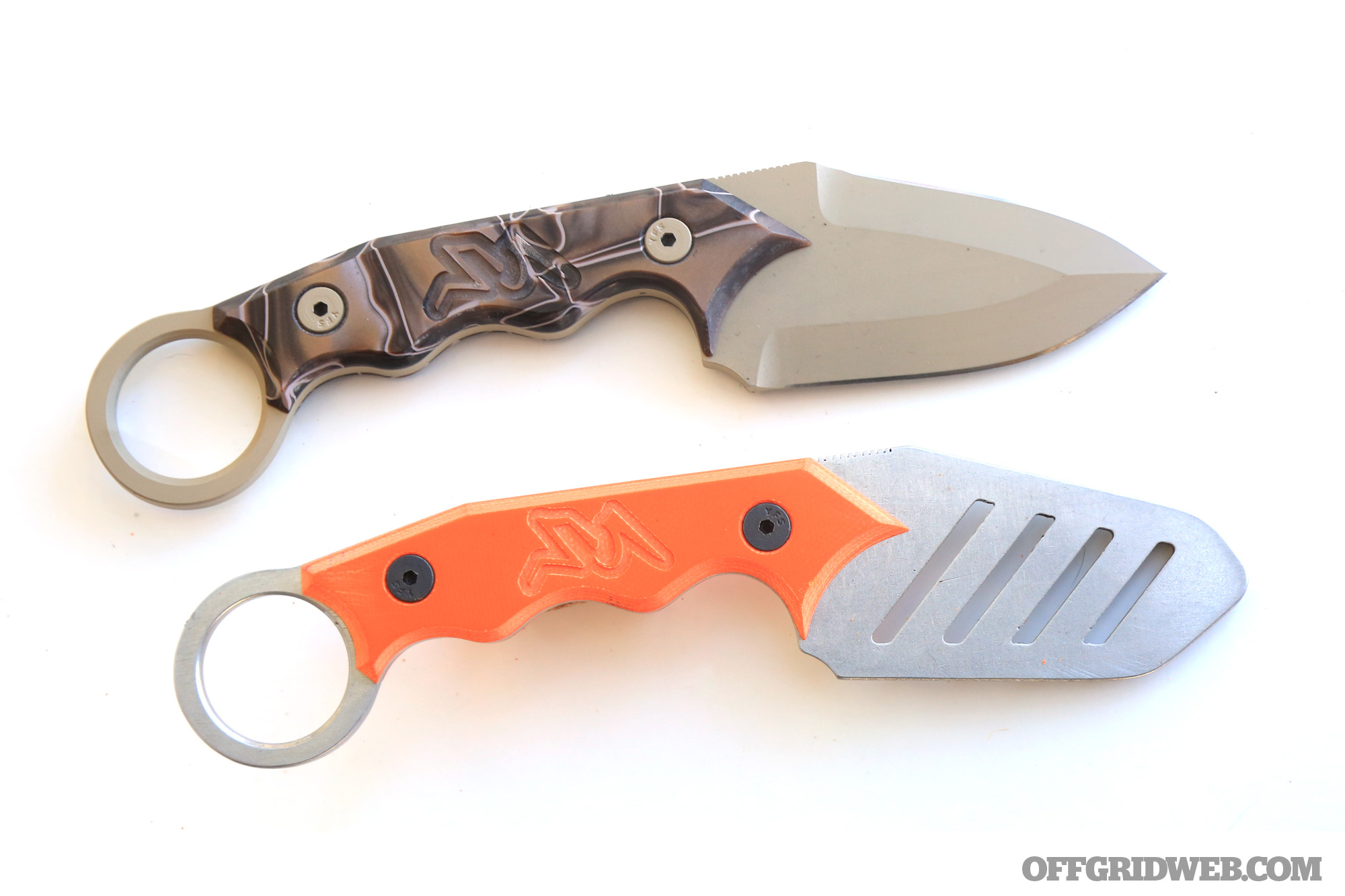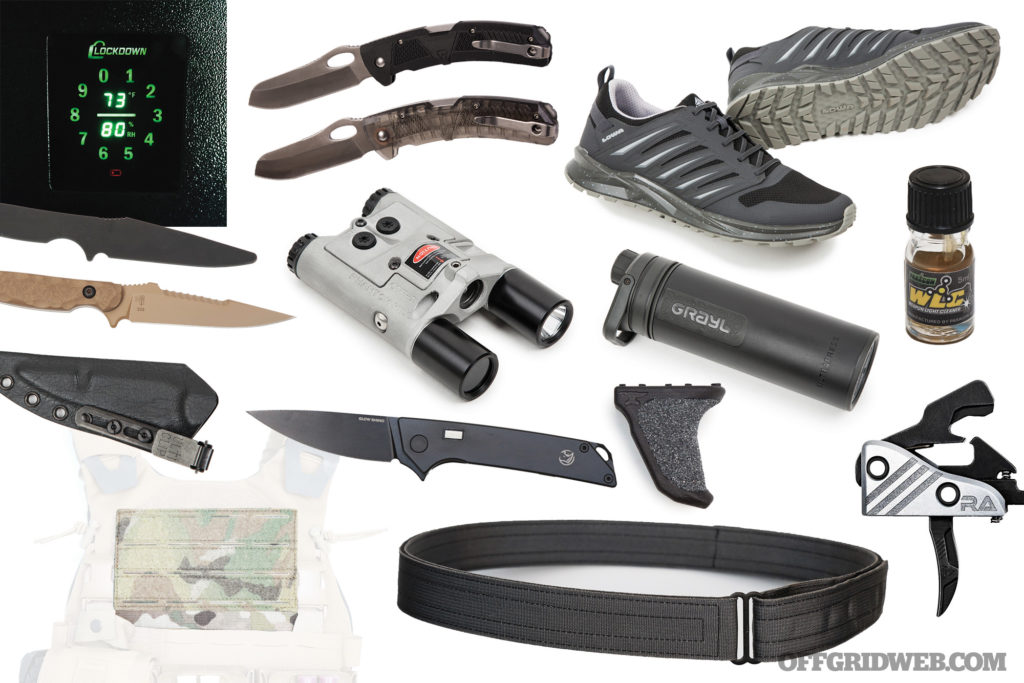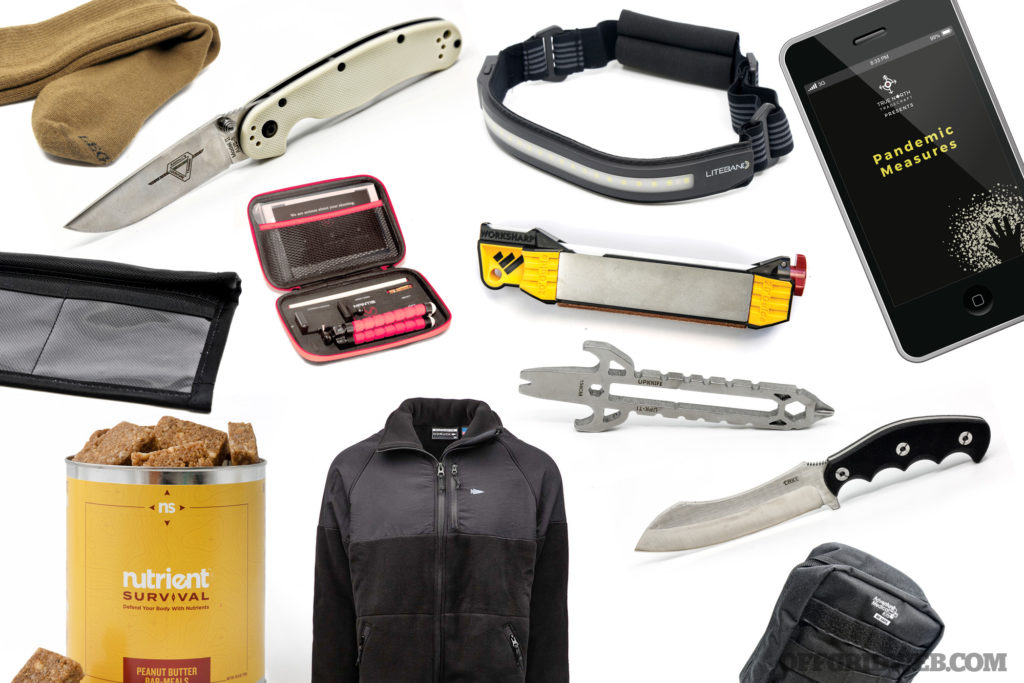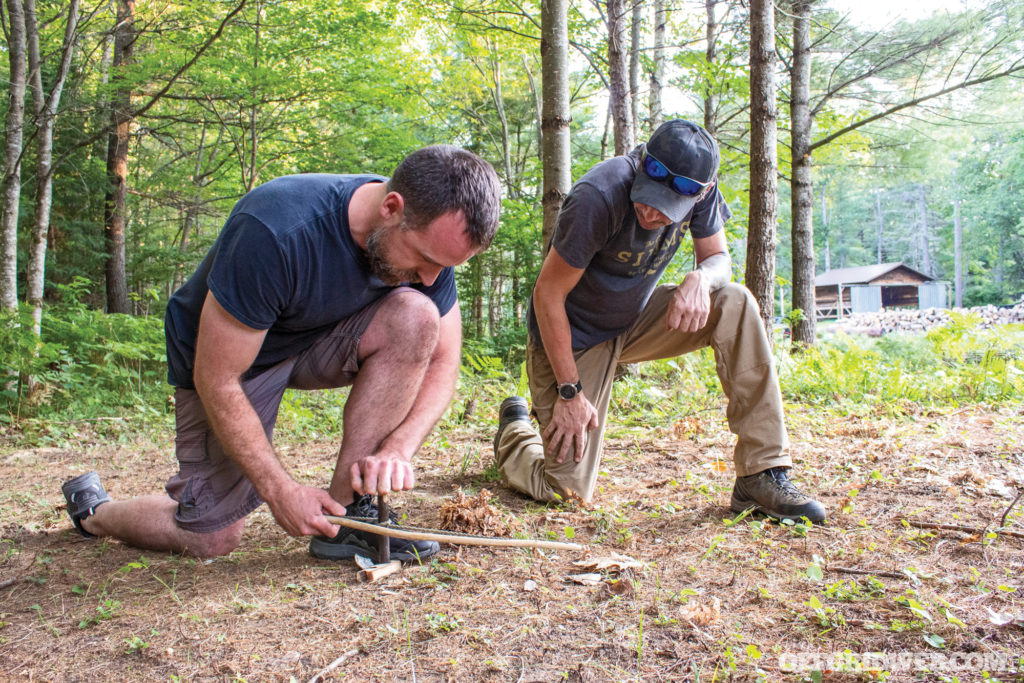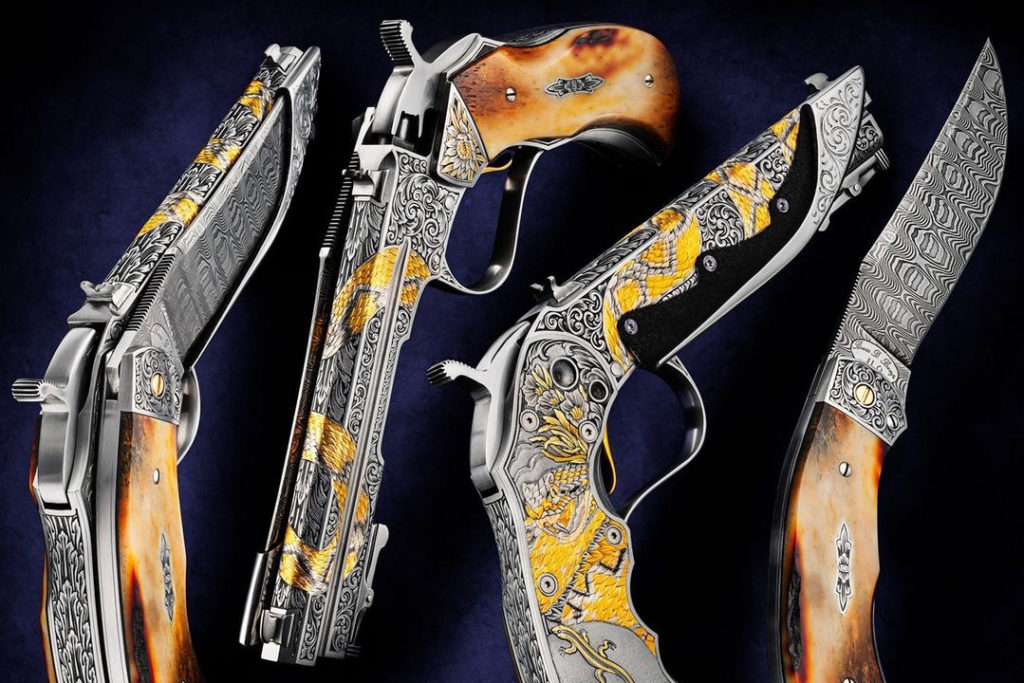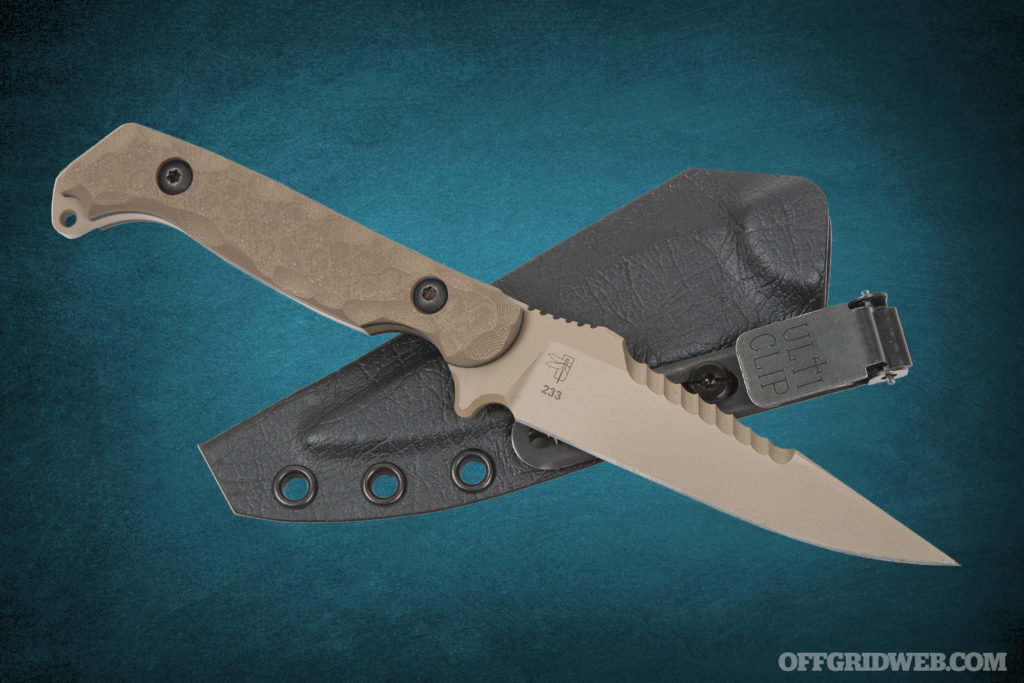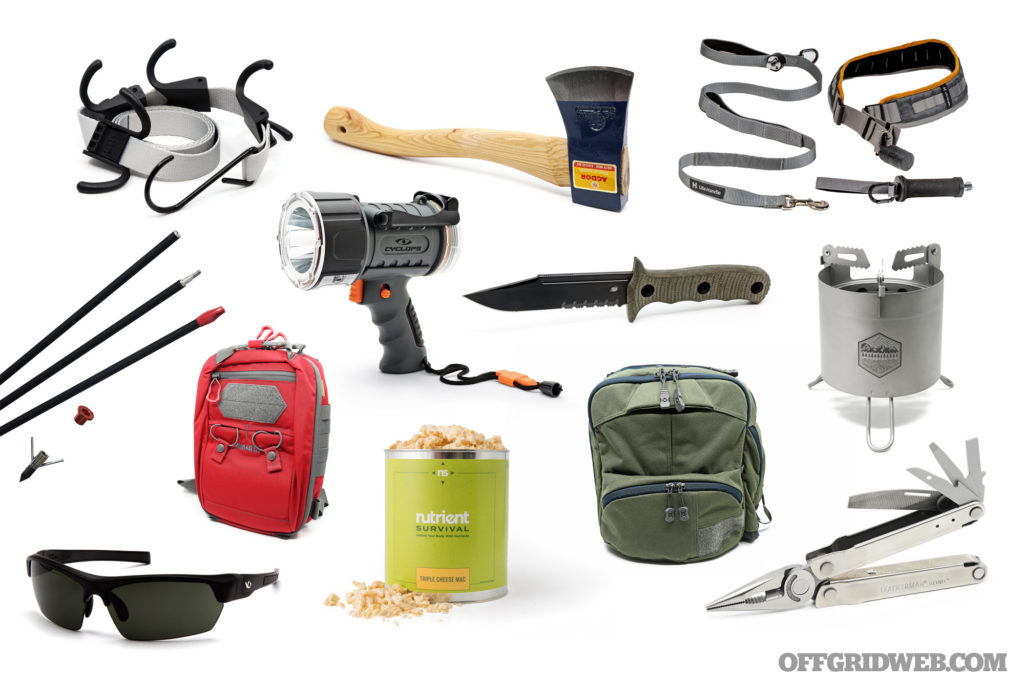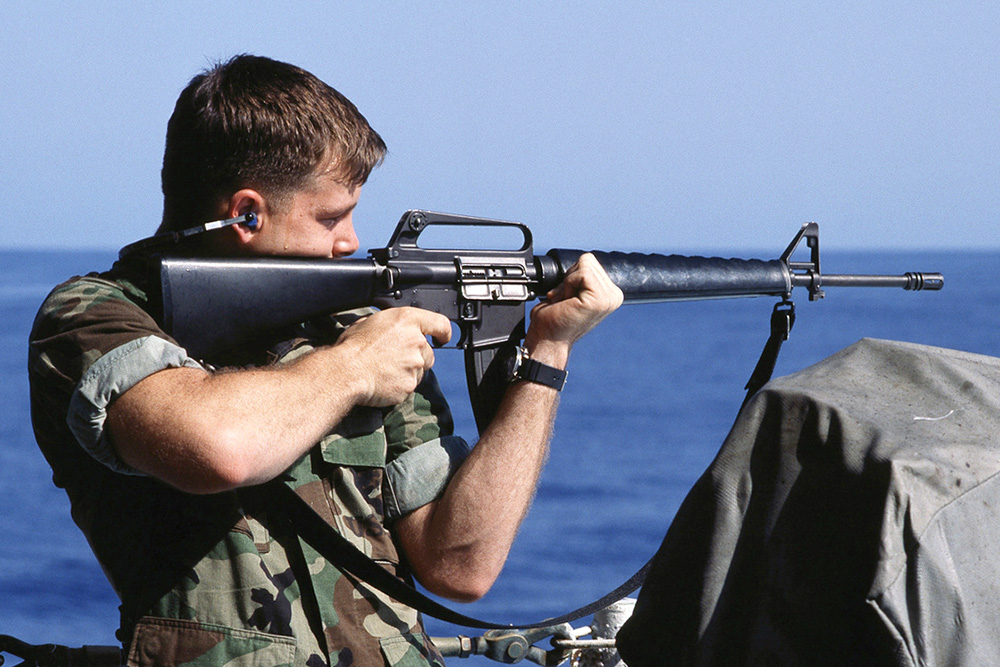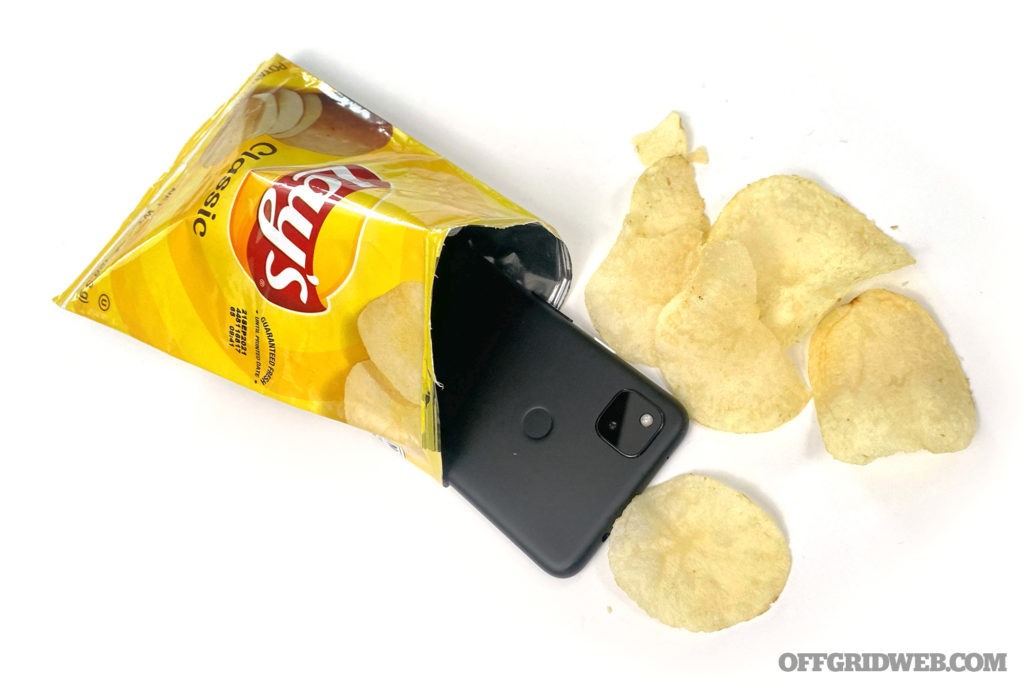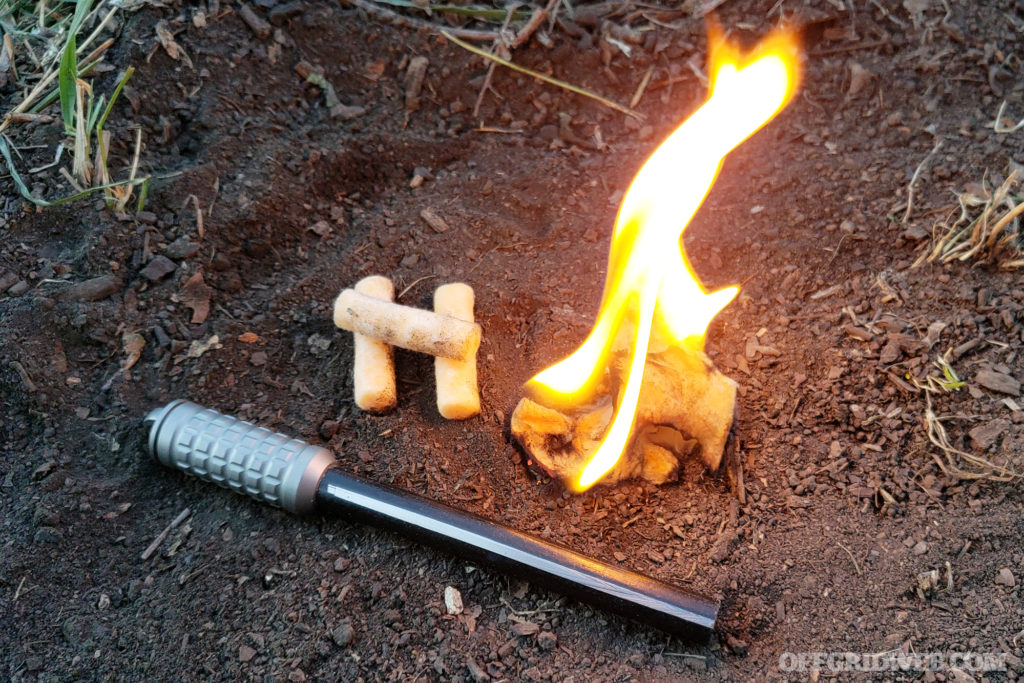Preparedness is a highly individualized pursuit, with very few provisions being universally agreed on. But one principle that remains essentially beyond question is the utility (and value) or a good knife. Whether dressing out game, shaving down sticks for kindling or clipped to your pocket for everyday jobs, there is a knife for every situation – many of which are purpose-built to the task. The Tempest by Crane TEC (Tactical Everyday Carry) is a perfect example of an edged tool that arose directly from a specific need to fill a capability gap.
Crane TEC’s founder, Hugh Crane, is a martial artist, self-defense instructor and former corrections officer. He has spent years refining an edged weapons defense system that is simple, easy to learn and integrates into existing hand-to-hand and defensive tactics systems. But the more Crane refined his system, the more he realized that existing self-defense fixed-blades all fell short of what he wanted. So in 2017, after years of toying with design sketches and rough ideas, he set out to produce his own knife. In addition to aesthetic preferences, there were several key performance factors this knife needed to have. Specifically, it needed to be comfortable to wear all day, easy to conceal, and able to be deployed with either hand from either side of the body. A double-edged blade was chosen to keep the knife fully functional regardless of carry side, draw side, or tip up/down deployment.
Photos by Niccole Elizabeth
About the Crane TEC Tempest
The Tempest is made from a newer boutique knife steel known as Nitro-V. We’re not exactly metallurgy nerds ourselves, but some of you may be. So we did a little digging and found out that Nitro-V is based on AEB-L, with the addition of nitrogen and vanadium. This elemental tinkering gives Nitro-V higher corrosion resistance and increased hardness over similar metals. Crane TEC says the Tempest comes in at 62rc hardness. The blade is 2.75 inches long, with the knife coming in at an OAL of 7.25 inches and a total weight of just over 4 ounces. Natural and Cerakote finishes are available, with custom colors and options available upon request.
The very first pre-production Tempest we ever saw had 3D printed scales. But the production models come with G10 scales, which can be enhanced with their “rock pattern” texture. Or you can upgrade to Kirinite scales, as seen on our samples here. Kirinite is a sheet-based acryllic that can be produced in a diverse range of unique colors and patterns, such as the faux-marbled Desert Camo pattern seen here.
We mentioned that the Tempest is a double-edged knife, but there are two blade styles available. Their flagship is a double tanto with four individual cutting edges. The double tanto is a complex grind that isn’t easy to pull off and speaks to the artisan nature of Crane TEC’s manufacturing approach. Its also aesthetically pleasing, for those who like a more unconventional visual, while still being intensely functional for its intended purpose (fast slashing/hacking/cutting in tight quarters). There is also a dagger point blade available for those with more traditional tastes, or whose ascribed self-defense methods rely more on stabbing and puncturing. Both blades are flat saber ground.
Features and Application
In addition to the technical specs, there are some interesting design features built into the Tempest that fit directly into its intended purpose, and the designer’s specific edged-weapon curriculum. That’s not to say you must follow Crane’s specific self-defense methodologies to be able to use the Tempest, but only to highlight the knife’s ground-up layout as a practical self-defense tool.
At the pointy end, the blade is cut to angle away from the handle, so that even when the knife is drawn in close to the forearm, the risk of cutting yourself on the reverse edge of the blade is little-to-none.
While bending the wrist is a move to be avoided in self-defense encounters (regardless of weapon being used) it may be unavoidable, or even required, in certain situations where stand-off distance is non-existent. This rakish angle also helps for ergonomics when carrying the knife. The included Kydex sheath is designed for horizontal outside-the-belt carry, just off centerline. This angle sets the handle at such an angle that the knife moves with you and remains accessible when seated, squatting, or kneeling.
The handle falls naturally into the pelvic crease created by your thigh and torso in these positions, giving you space to grip and draw while keeping the knife close to your body. The DCC clip is also reversible to accommodate right- or left-handed carry without losing this benefit.
Using the sheath as intended also allows the Tempest to integrate seamlessly with an appendix-carried firearm, as demonstrated here by Hugh Crane himself, with a SIG P365 blue gun in a Tier 1 Concealed holster riding on a Kore belt.
Flipping to the pommel end, the Tempest features an index finger ring – a somewhat controversial feature in some edged weapons circles. There are essentially two schools of thought we have encountered about ring handle knives: one which prefers the enhanced retention of using a ring, the other which sees the ring as a hazard which could result in a broken or degloved index finger if you wind up in a wrestling match for the knife or your opponent attempts a disarm. The bulk of the author’s knife training falls into the latter category, so we took this chance to have a frank discussion with Hugh Crane about this feature. His response gave us further insight into both the Tempest’s design and his philosophy on edged weapons use.
The Tempest’s ring is not meant to have the entire finger closed through the ring. Instead, he teaches to only insert the index finger only to the first knuckle, and close your grip at that joint. This positions the knife in an ice pick grip more advantageous for close-quarters defense but, in a worst-case scenario, allows the knife to be separated from your grip without taking the finger with it.
Above: These images show the Tempest held in a closed fist with the index finger locked into the ring. Crane does not recommend this grip style, as it could lead to injuries to the user’s hand if the knife is twisted or pulled away.
If finger rings aren’t your style there is enough room on the handle, for all but the biggest hands, to grip the knife without using the ring at all. So, in our opinion, having it there shouldn’t detract from your ability to use the Tempest effectively, regardless of your preferred grip style.
As a final testament to this knife’s intent as a real-world self-defense tool, Crane TEC offers every Tempest with a matching stainless steel trainer for only $50 more, with a drop-down menu option for it on the Tempest product page.
The trainer will come in the same “blade” style as your live blade, with orange grip scales, as well as a matching orange Kydex sheath.
Conclusion
There is something to be said for fit, finish and presentation. Every Crane TEC Tempest comes in a locking, waterproof Seahorse case with custom-cut foam for your knife and trainer, if applicable, plus the sheath(s) and an authenticity card. Every Tempest is made to order and the full kit with knife, trainer, two holsters and case retails for $525 – add a little more if you want a logo or text custom engraved.
For what you get, from designer with actual defensive training and experience who put true thought and effort into his design, we’re hardly going to balk at the price. Tools you intend to stake your life and safety on are not the place to pinch pennies in your household budget, and we think the Crane TEC Tempest is well worth the spend for an edged weapon that will be there for you if and when you ever need it.
For more information on Crane TEC knives, go to cranetecknives.com.
Related Posts
The post Review: Crane TEC Knives appeared first on RECOIL OFFGRID.



